Florida Outdoor Living
PERGOLAS | MOTORIZED SCREENS | LIGHTING | AWNINGS
OPTIMIZE YOUR HOME'S OUTDOOR LIVING SPACE
CENTRAL FLORIDA'S MOTORIZED SCREEN STORE
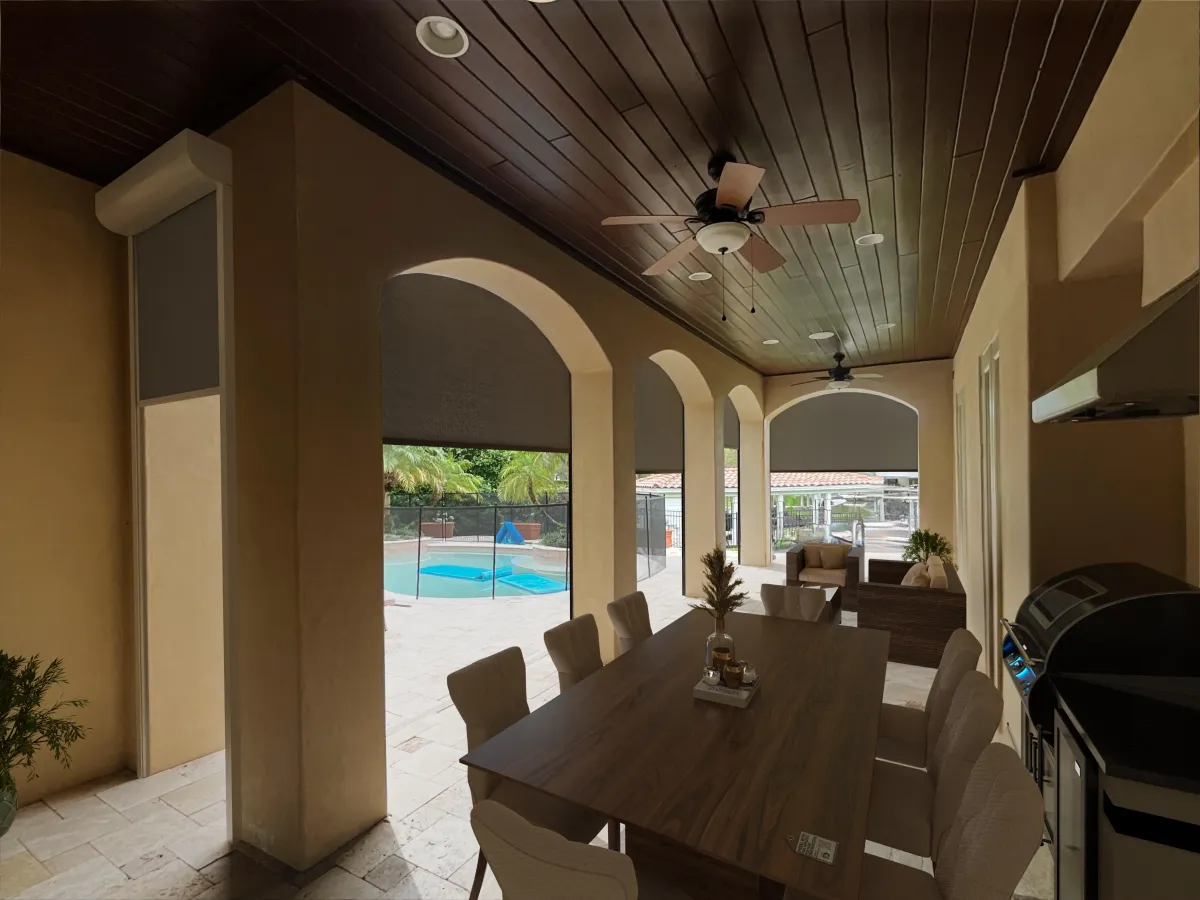
Defender Motorized Screens
Our MagnaTrack Motorized hurricane-screens are rated for a Cat-5, offering impact absorption. Storm prep for Patios & Lanais made simple.
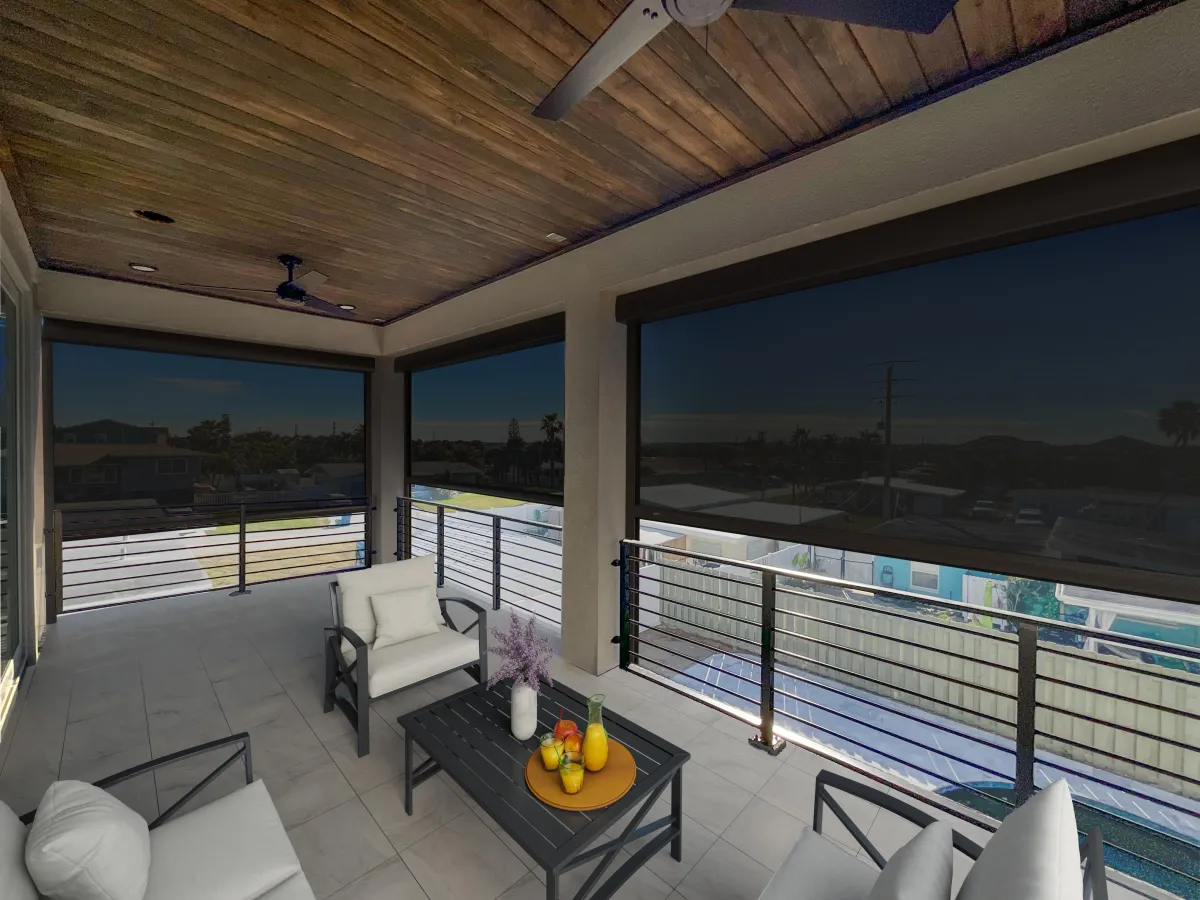
Retractable Bug Screens
Do pesky insects evict you from your patio 30 minutes before dusk? Avoid the itch; click a button and watch MagnaTrack Insect Screens deploy
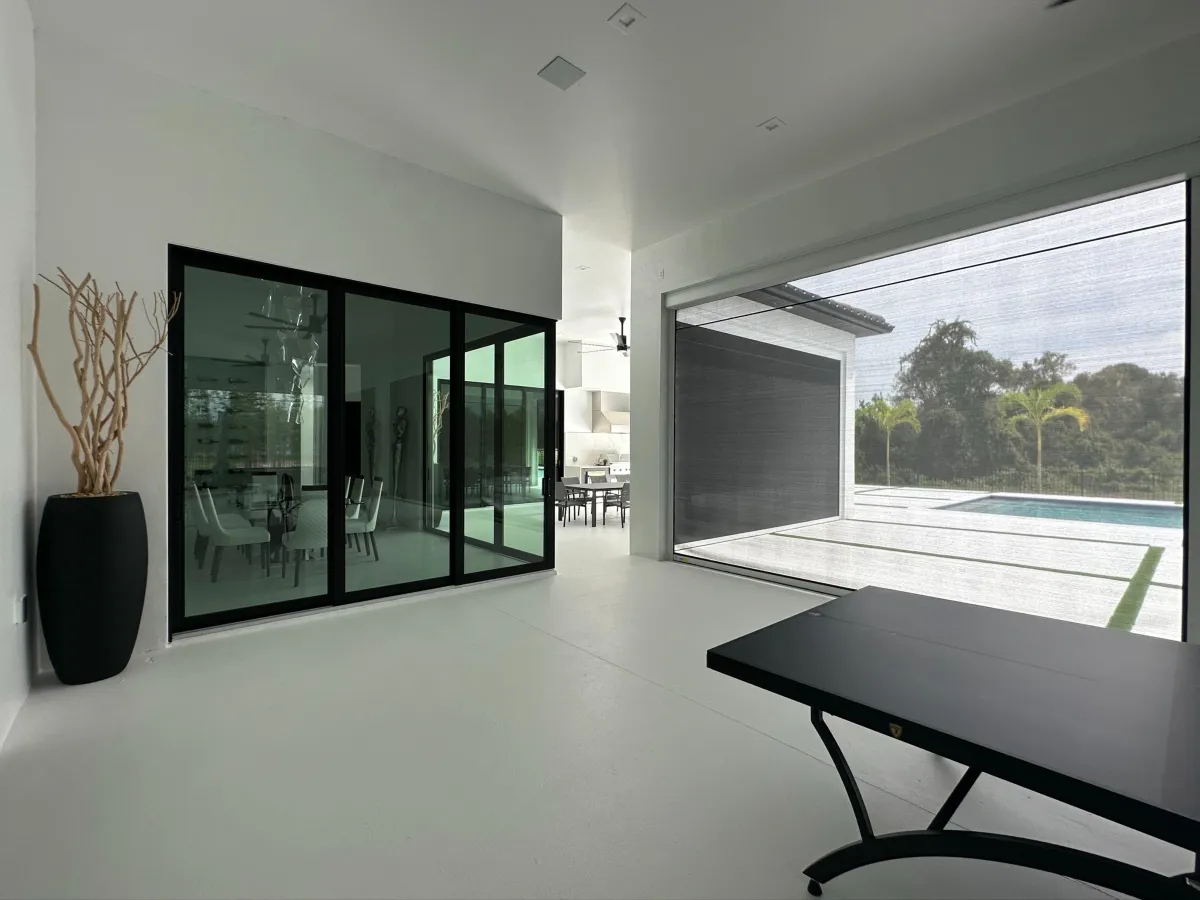
Retractable Sun Shades
Beat the Heat. Getting Chased off your patio or lanai. Our MagnaTrack Solar shades for patio's and lanais blocks up to 80% -97% of harmful UV rays
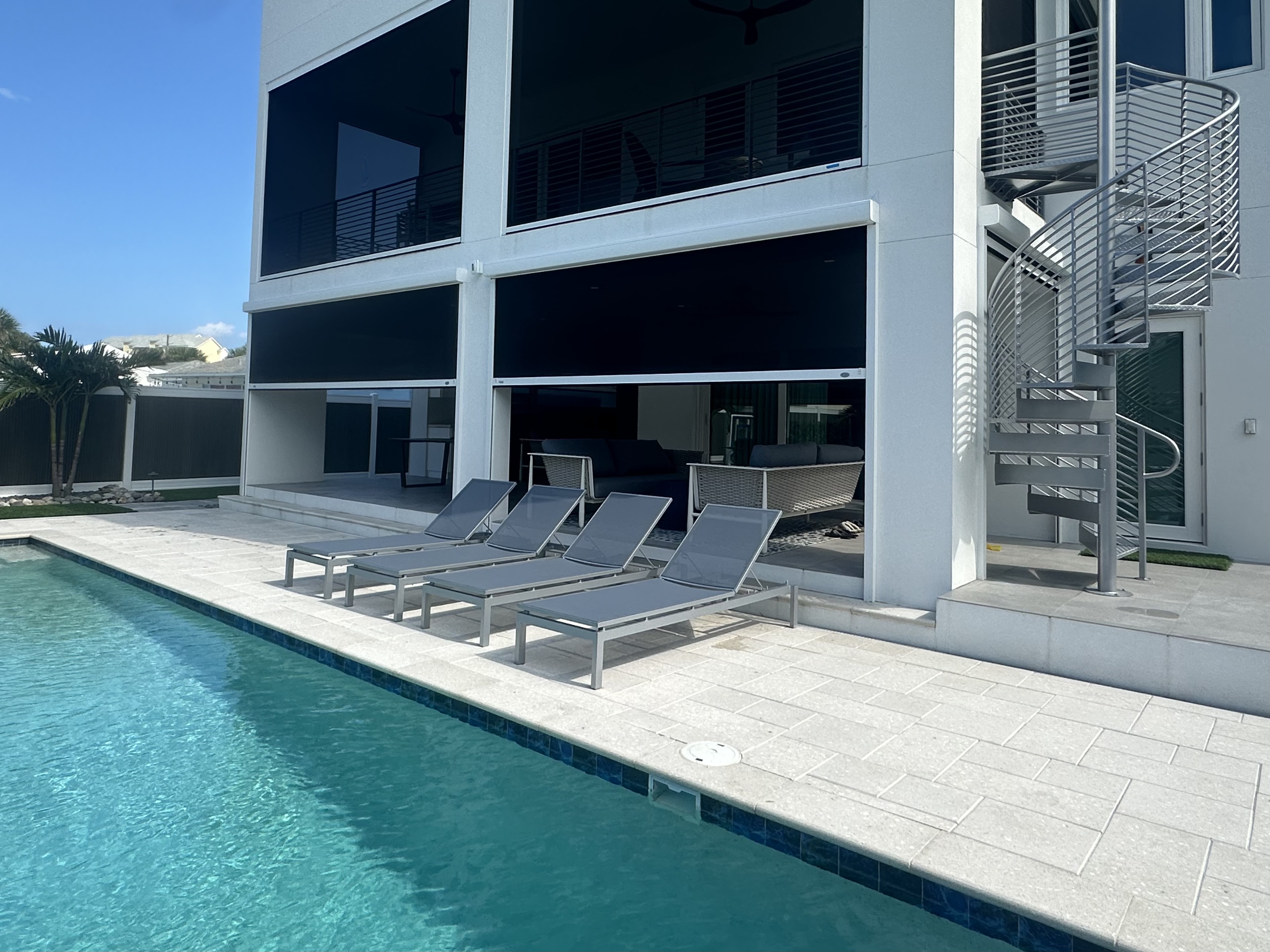
Retractable Privacy Screens
Do your neighbor's see more of your patio than you do? Click a botton & watch the MagnaTrack Privacy Screens deploy. You can see out, but they cant see in.
Best In Class
Motorized Screens...
Let's face it. Florida is prone to extreme weather, hot sun, and pesky insects. The safety and protection of our home's lanai and patio spaces are critical.
Florida Living Outdoor is here to assist you in protecting your Patio and Lanai. Our patented design offers robust solutions such as retractable shade, insect, and hurricane protection. Our MagnaTrack Defender Screens provide exceptional defense against the Florida elements 365 days a year.
Whether you are looking for a motorized screen company near you, we are happy to announce a Partnership with MagnaTrack and Fenetex to bring you a motorized hurricane screen, providing peace of mind when it's needed most.
WHY FLORIDA LIVING OUTDOOR...?
When it comes to enhancing your outdoor living spaces, making them a little more functional, or simply looking for a motorized screen company near you, choose Florida Living Outdoor with unmatched quality and expertise.
The bottom line is that nobody knows Azenco-Outdoor Pergolas, Sun Pro Awings, and MagnaTrack Motorized Screens better than Florida Living Outdoor. We are Florida's number one Trusted resource for Motorized Screens and Pergolas.
PERGOLAS IDEAS
CENTRAL FLORIDA ALUMINUM PERGOLAS
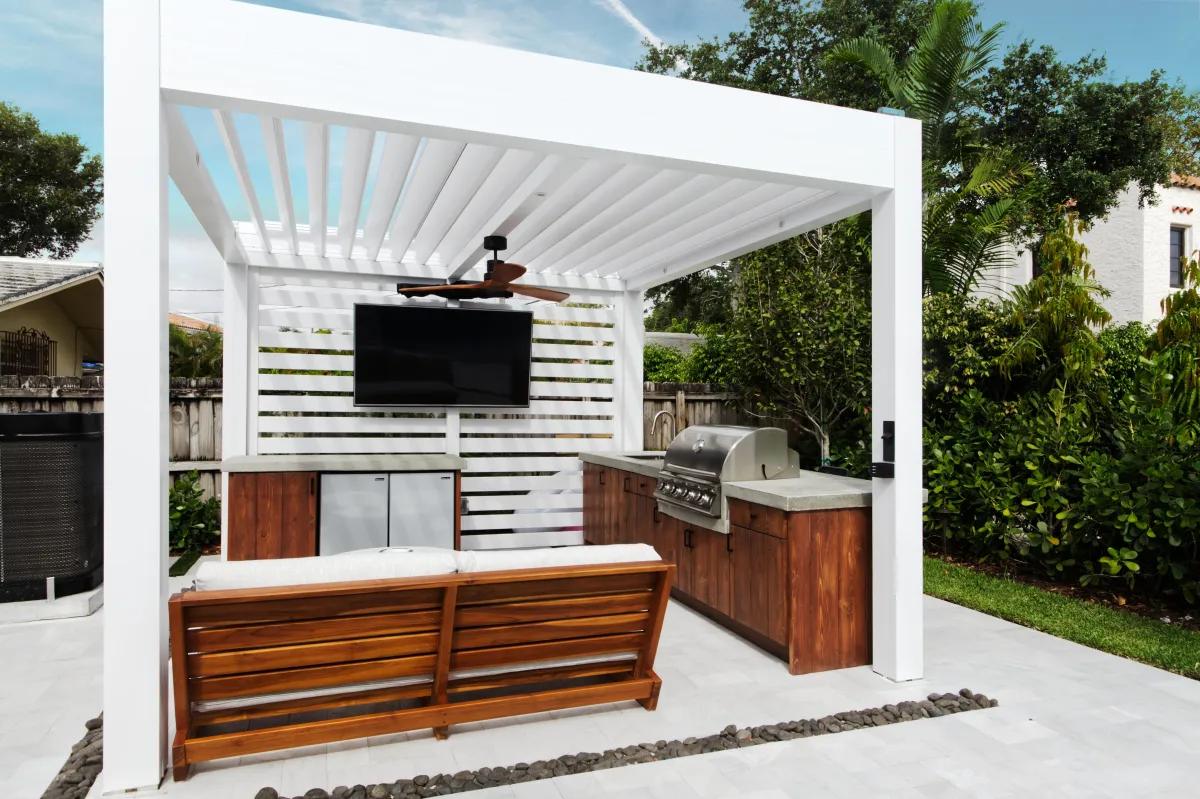
Louver Roof Pergolas
Enhance your outdoor space with aluminum pergolas with louvers, This modern pergola idea lets you control sunlight and airflow, creating the perfect ambiance year-round.
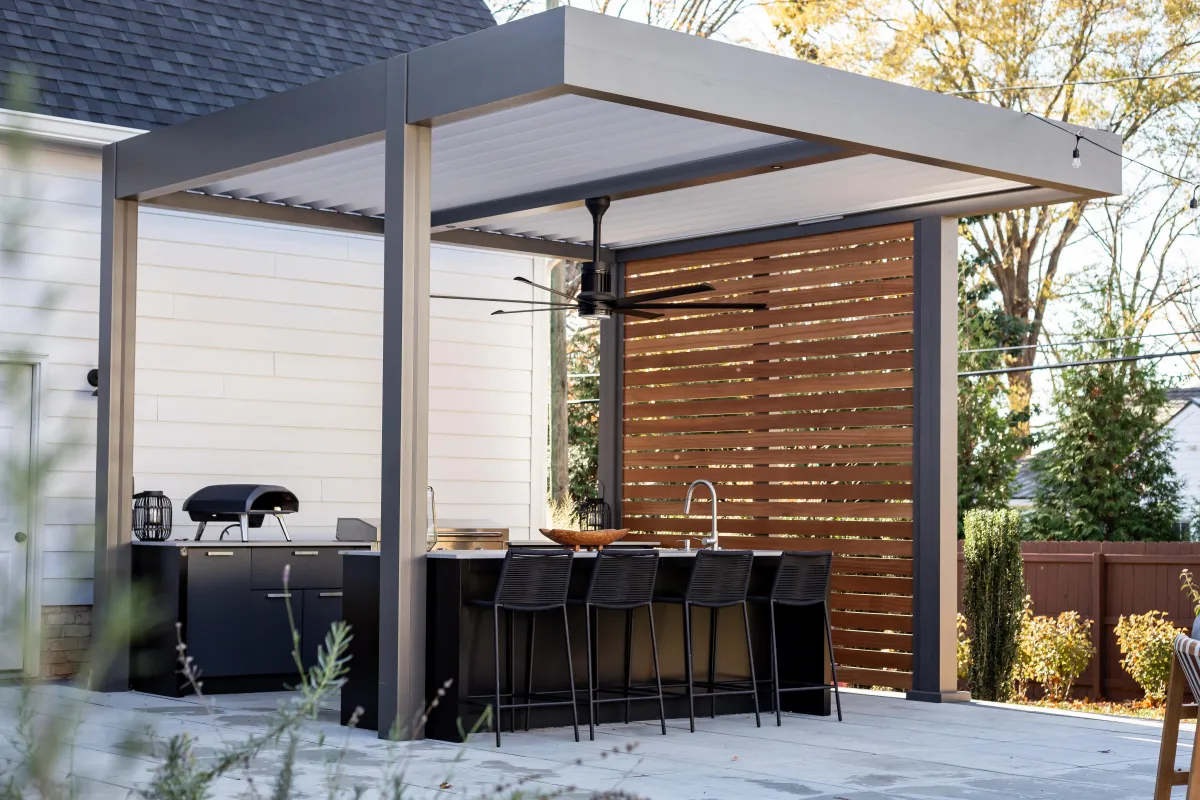
Insulated Roof Pergolas
For a cooler, more comfortable outdoor retreat, insulated roof pergolas provide superior protection from heat and rain. This pergola idea blends style and function, making your patio usable in any season.
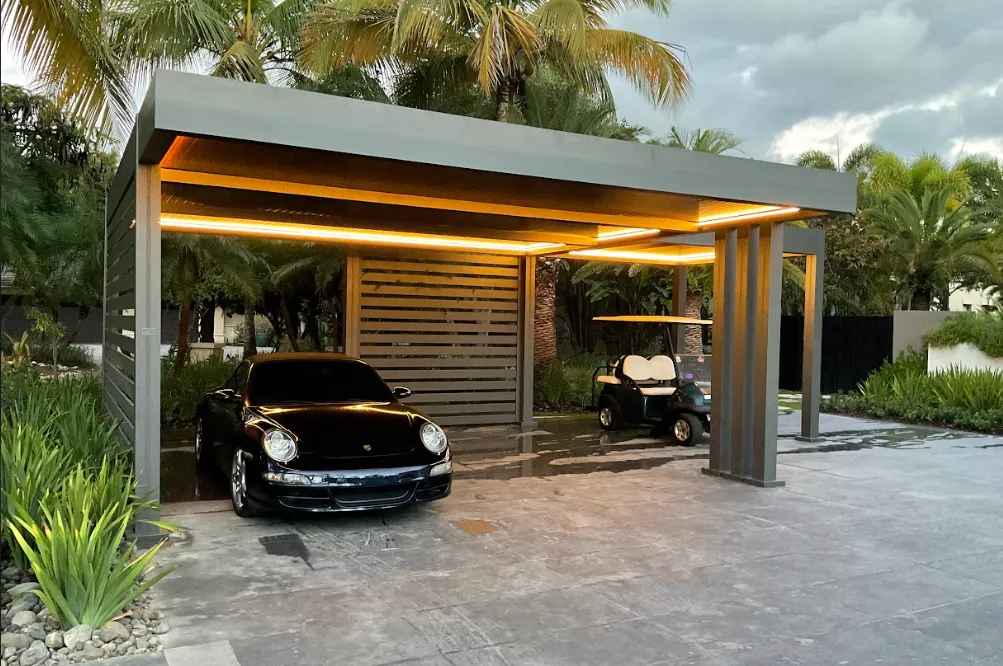
Aluminum Carports
Protect your vehicles with durable aluminum carports, a sleek and modern alternative to traditional garages, creating curb appeal while shielding your car from the elements.
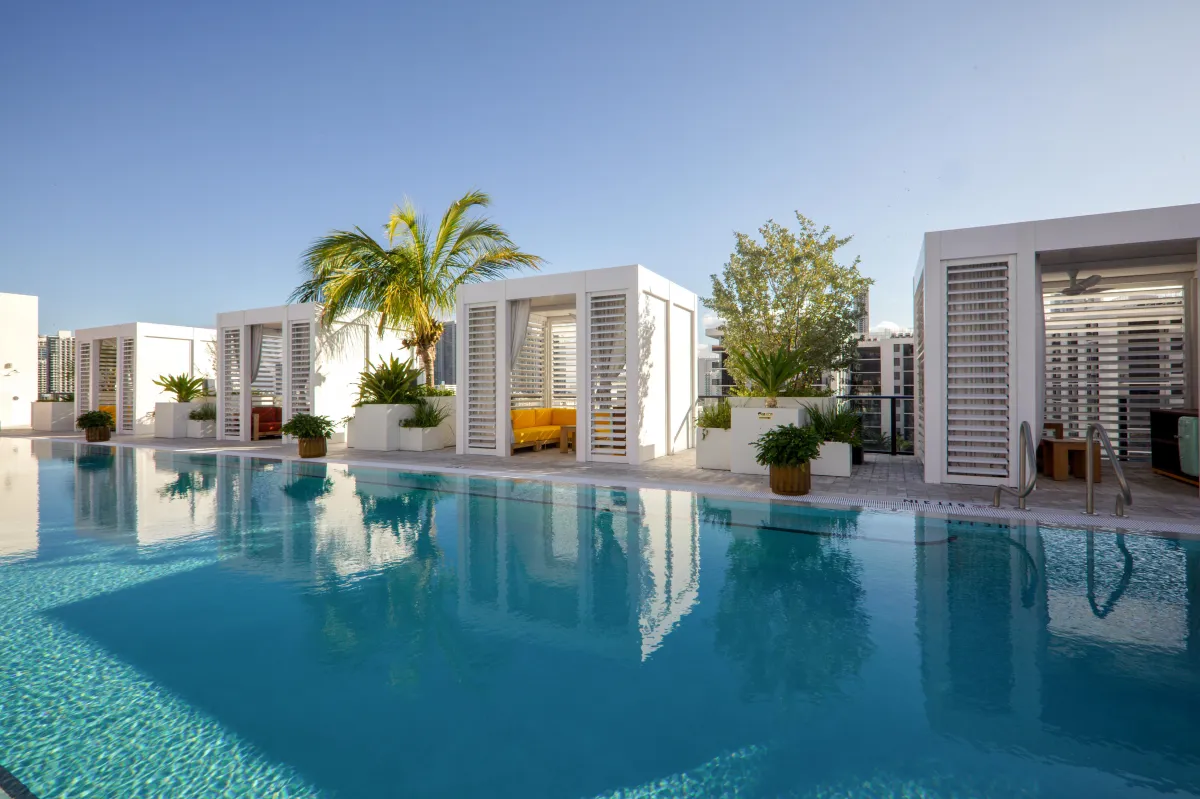
Aluminum Cabanas
Create a private, resort-style escape with aluminum cabanas, perfect for poolside lounging or outdoor entertaining. This pergola idea combines shade, style, and durability for a luxurious backyard retreat.
Creating
Functional Living Outdoors
At Florida Living Outdoor, we specialize in enhancing, expanding, and protecting your outdoor living spaces, making them more functional and enjoyable. It does not matter if it is an open space, patio, or lanai. We offer top-of-the-line solutions, including motorized retractable screens, sun awnings, and aluminum pergolas.
We serve East Coast of Florida from Palm Coast to Fort Lauderdale and from New Smyrna Beach to Greater Orlando Area. We are Central and the East Coast of Florida's preferred vendor of choice for both MagnaTrack motorized screens and Azenco Outdoor aluminum pergolas, louver or insulated roof. Florida Living Outdoor is the name Floridians' trust for Functional Outdoor Living.
Work requiring DBPR licensure in partnership with CGC1532839
European Quality
Luxury Pergolas
Enhance your outdoor living experience with a premium pergola installed by Florida Living Outdoor. Central and East the cost of Florida's, leading pergola contractor.
Our pergolas, crafted by Azenco-Outdoor, and possess the quality of European Manufacturing made right here in Florida. Each Resort Style Pergola are stylish outdoor structures; they are a lifestyle upgrade.
Our pergolas create the perfect blend of shade, comfort, and elegance, transforming your outdoor space into a year-round Functional outdoor space and haven.
THE FLORIDA LIVING OUTDOOR ADVANTAGE

Luxury Products
We proudly install only premium grade product that function well in creating those outdoor spaces. MagnaTrack screens are designed to truly enhance your outdoor living experience and deliver trouble-free performance year after year.

Local Experts
As a family-veteran-owned, faith-based business, our team brings a personal touch to every project. We care. Our goal is to ensure your satisfaction and deliver unmatched service and outdoor luxury spaces.

Extensive Experience
FL Outdoors possesses a track record of 26 years of serving major clients; our extensive experience speaks for itself. Trust our licensed Class A contractor services for excellence in installation and customer satisfaction.

Superior Service
At Florida Living Outdoor, white-glove service is our hallmark. Your job is to dream and let us create a smile. Out Educational We prioritize your needs, ensuring a hassle-free experience from consultation to installation.
SHADE AND PRIVACY
OTHER FLORIDA LIVING OUTDOOR PRODUCT LINES
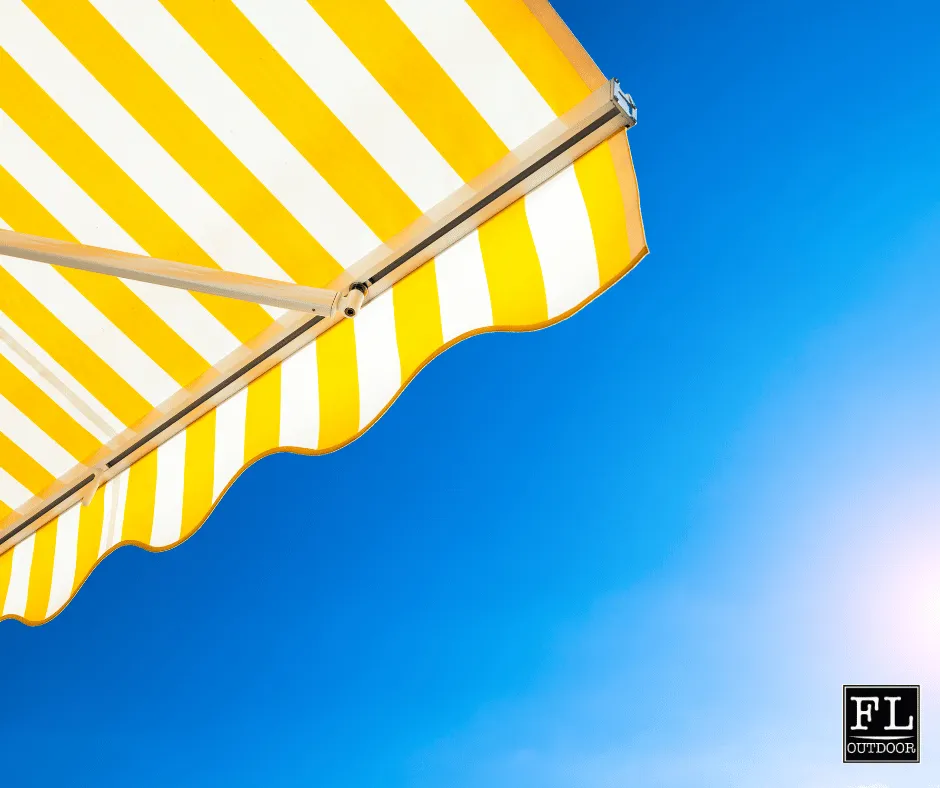
RETRACTABLE AWNINGS
Enjoy on-demand sun protection with retractable awnings, offering shade when you need it and open skies when you don't.
Motorized Awnings: Upgrade your outdoor space with motorized awnings, providing effortless sun protection at the touch of a button.
Commercial Awnings: Protect your business entrance or outdoor seating with commercial awnings designed for durability and superior sun protection.
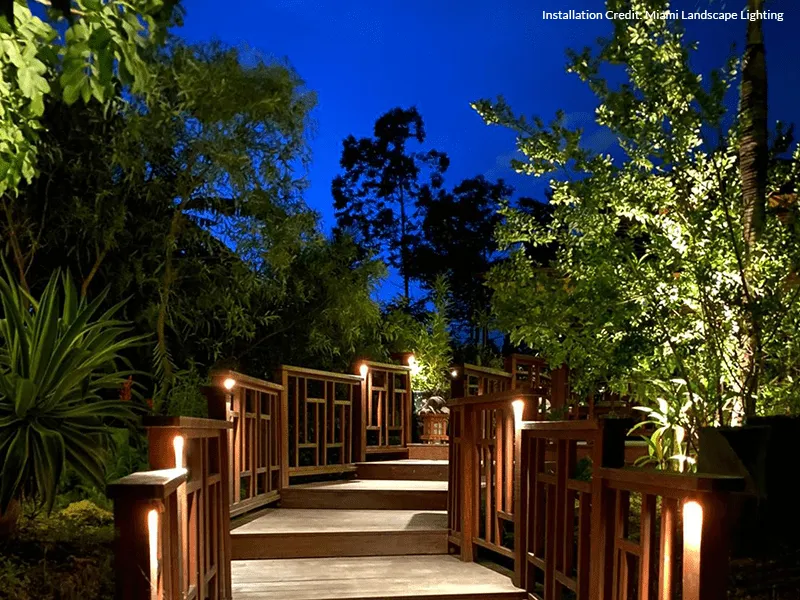
GARDEN LED LIGHTS
At Florida Living Outdoors, we specialize in creating beautiful, customized outdoor lighting solutions.
We proudly serve homeowners and businesses across the Central Florida region, delivering high-quality installations with Garden Light LED products.
Whether you're looking to increase your home's security, boost curb appeal, or create a stunning outdoor ambiance, our team is here to bring your vision to life.
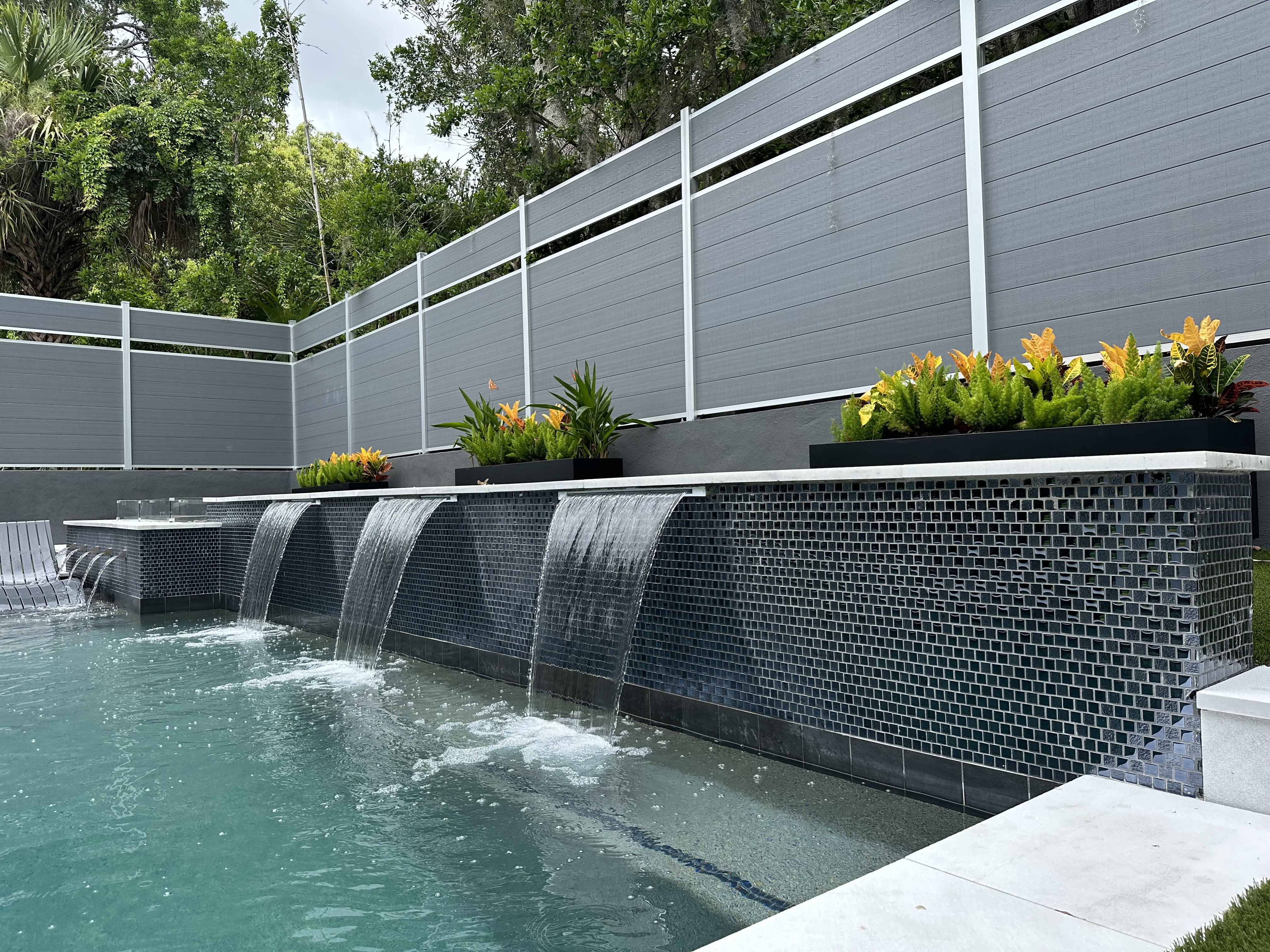
CUSTOM HORIZONTAL FENCE
Florida Living Outdoors is Florida's Choice for Greenwood Fence. Greenwood is a distributor of high-quality modern European-style fencing for the residential, commercial, industrial, and agricultural sectors.
Need a fence that combines aesthetics with durability and requires very little maintenance? Welcome to wood plastic composite (WPC) fence solutions, an increasingly desirable, modern, and practical alternative to traditional fence options such as lumber.
DISCOVER
SCHEDULE A FREE 20 MINUTE DESIGN CONSULT
No Mater Your Need.
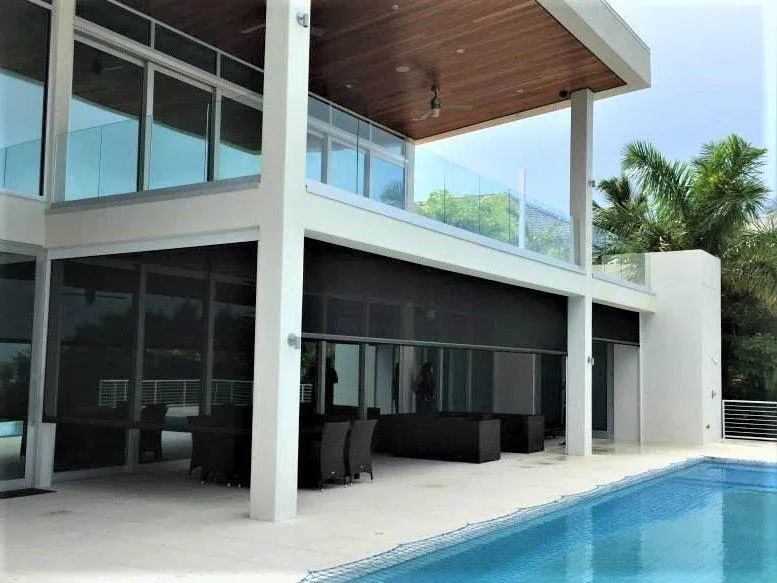
Residential Retractable Screen Application
It does not matter if you are trying to retrofit your existing patio or lanai or in the process of building your dream home- nothing beats enjoyable outdoor space.
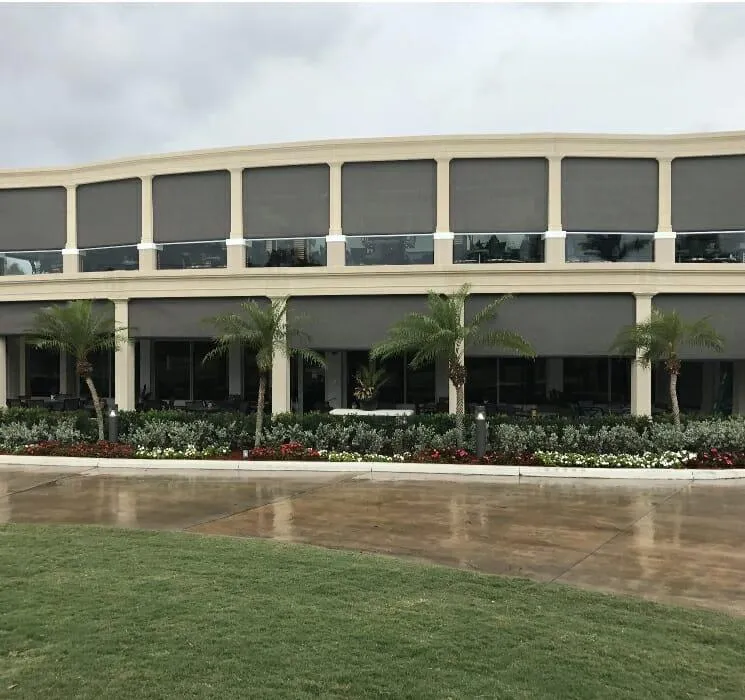
Commercial Screen Application
Made to your specifications to match any branding or themes you have. Large Buildings or Small American Light Can Show How Reduces Energy Cost
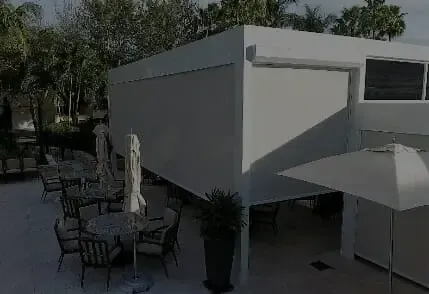
Hospitality Screen Application
Don't lose Revue when it rains. Motorized screens can span 26’ wide and 16’ tall, accommodating many openings.
FL Outdoor News
Stay up to date with the latest News.
Impact vs. Pressure and Motorized Hurricane Screens
Here’s the thing… Hurricanes don’t hit once and leave. They pull, push, shift, and slam for hours. That’s where pressure resistance comes in. Your screen doesn’t just need to survive a single blow — i... ...more
Discussion and Guides
June 22, 2025•4 min read
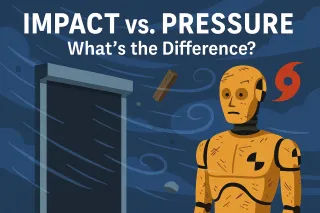
Maimi Dade - Doesn't Mess Around. These Testing Standards Are The Toughest On Planet Earth...
There’s Florida Storm Protection… and then there’s Miami-Dade Storm Protection — and believe me, they are not the same thing. Because in this region, storms don’t just visit… they live. In this artic... ...more
Discussion and Guides
June 18, 2025•4 min read
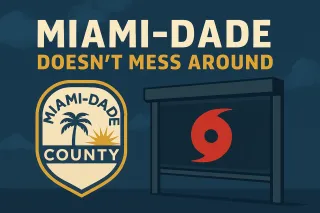
What does the ASTM Mean When It Comes To Hurricane Screens?
You’ve probably seen it stamped on technical specs like some magic badge: ASTM certified. But what does that mean when it comes to hurricane screens? In this article, we break it down. Don't be the v... ...more
Discussion and Guides
June 13, 2025•4 min read
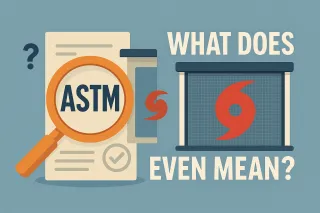
You Got Sunburn Where
Let me get this straight. You packed sunscreen like you were headed into battle—SPF 50, broad-brimmed hat, aloe in the cooler, maybe even a backup bottle in the glove compartment—because you know the ... ...more
Lanai and Patio Transformation Ideas
June 11, 2025•3 min read

The Crash Test Dummy for Motorized Hurricane Screens
You wouldn’t buy a car that hadn’t been crash-tested, would you? And yet, many people install motorized “hurricane” screens without ever asking if those screens have been tested to survive Florida's w... ...more
Discussion and Guides
June 08, 2025•4 min read
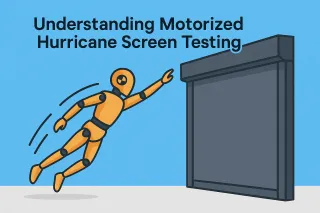
Say Goodbye to Bugs Without Sacrificing the Breeze: The Luxury Screen Solution for Florida Patios
Tired of bugs ruining your patio time? Discover how MagnaTrack motorized screens from Florida Living Outdoor block mosquitoes, no-see-ums, and flying pests—so you can enjoy the breeze without the bite... ...more
Best Of Series
May 30, 2025•2 min read

An Awning Might Seem Expensive, But Have You Checked Out the Cost of Skin Cancer Treatment?
Think an awning’s too expensive? Compare it to the cost of treating skin cancer. This blog dives into sun safety, financial facts, and why smart shade might just save more than your patio—it could sav... ...more
Sun Protections Idea
May 24, 2025•4 min read

The Ultimate Lanai Protection in Florida: Defender Hurricane Screens That Do It All
Protect your Florida lanai with Defender Hurricane Screens by MagnaTrack—motorized, retractable, and built to handle Category 5 storms, bugs, and blazing sun. Installed by Florida Living Outdoor for s... ...more
Motorized Hurricane Screens
May 22, 2025•3 min read
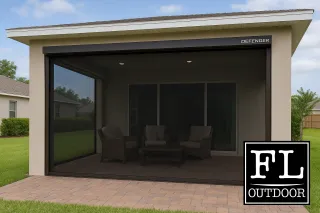
Garage Screens in Florida: Turn Your Garage into a Bug-Free, Breezy Living Space
Transform your garage into a bug-free, breezy living space with a MagnaTrack motorized screen. Smart, stylish, and Florida-tough—installed by Florida Living Outdoor. ...more
Discussion and Guides
May 18, 2025•3 min read

Smart Pergolas: Integrating Motorized Screens for Modern Outdoor Living in Fort Lauderdale
Upgrade your Fort Lauderdale and Central Florida patio with a smart pergola and MagnaTrack motorized screens. Enjoy shade, privacy, and bug-free comfort—all at the touch of a button. Installed by Flor... ...more
Lanai and Patio Transformation Ideas ,Pergolas
May 15, 2025•3 min read
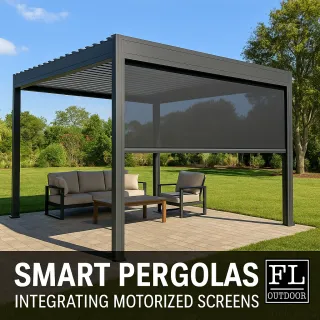
Transforming Patios into Bug-Free Zones with Retractable Screens in New Smyrna Beach
In New Smyrna Beach, outdoor living is a way of life. But so are mosquitoes, no-see-ums, sand gnats, and unexpected wind gusts. For many homeowners, these intrusions become the reason they stop enjoyi... ...more
Florida Weather Control ,Sun Protections Idea
May 11, 2025•3 min read
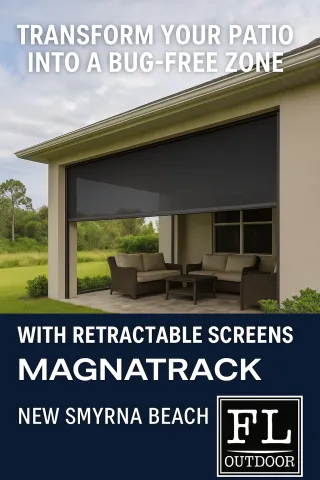
Is That Sunbeam Negotiating With Your Skin? Why Installing an Awning Might Be the Smartest Move You Haven’t Made Yet.
Tired of your patio feeling like a frying pan? Discover why a retractable awning is the smartest move you haven’t made yet. Boost comfort, protect your space, and finally take control of your backyard... ...more
Sun Protections Idea
May 09, 2025•4 min read
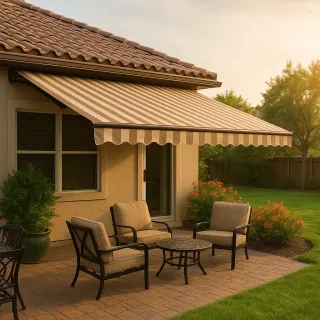
Why Awnings Win in Florida: The Shade Solution You Didn’t Know You Needed
Discover the power of retractable awnings in Florida! Stylish, energy-efficient, and built for sun, rain, and wind—Florida Living Outdoor brings comfort and control to your outdoor space with smart sh... ...more
Sun Protections Idea
May 04, 2025•3 min read
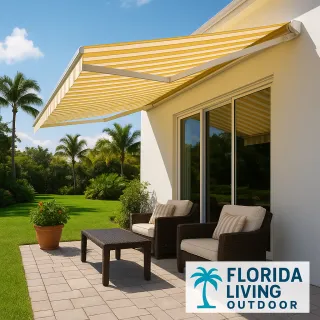
Why Florida Homeowners Choose MagnaTrack Motorized Screens for Year-Round Comfort
Florida homeowner shares a few common enemies: mosquitoes, gnats, UV rays, humidity, and tropical storms. Finding a retractable screen system that does not jam, billow in high winds, and need constant... ...more
Best of Series FL Outdoors
May 03, 2025•2 min read
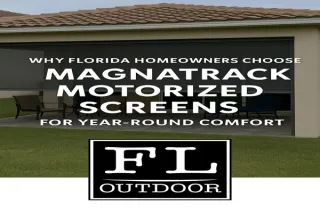
Why Shade Feels Like Home: The Surprising Psychology Behind Outdoor Comfort
There’s something about stepping into the shade on a hot Florida afternoon that makes you slow down and breathe deeper. It’s not just the drop in temperature—it’s the feeling. That deep sigh of relief... ...more
Sun Protections Idea
April 14, 2025•3 min read
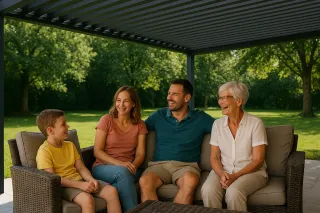
Instant Shade Relief: Why Waiting for the Heat Is Too Late
We all know it’s coming. The Florida heat. The relentless sun. That sticky, can’t-stay-outside-for-more-than-five-minutes kind of day. But here's a question: Why wait for it to hit before you make you... ...more
Sun Protections Idea
March 26, 2025•4 min read

Creating Family Moments: Why Your Patio Desverves the Spotlight
At Florida Living Outdoor, we believe the best memories don’t have to come from a vacation or a big event—they can happen right outside your back door. ...more
Sun Protections Idea
March 22, 2025•2 min read
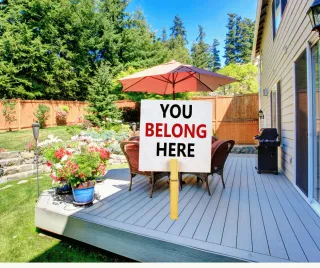
Avoid the Chaos: Why Early Hurricane Preparation Saves You Time and Money
Every year, Floridians find themselves in the same stressful situation—waiting until the last minute to prepare for a hurricane. It does not have to be that way. ...more
Motorized Hurricane Screens
February 24, 2025•3 min read

Enhance Your Outdoor Space with Azenco Outdoor Pergolas
Why Choose an Azenco Pergola? Azenco’s pergolas are more than just shade structures—engineered for performance, elegance, and versatility. Here’s what makes them a top-tier choice for any outdoor spac... ...more
Pergolas
February 22, 2025•2 min read
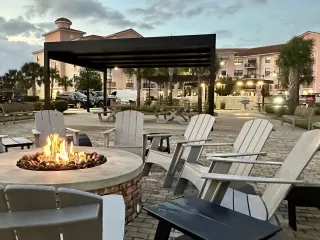
Winter Won’t Last Forever—Prepare Now for Summer Shade with Awnings
It may be cold right now, but summer is coming. And when it does, the heat and relentless Florida sun will make shade a necessity, not a luxury. The question is, will your outdoor space be ready when ... ...more
Sun Protections Idea
February 21, 2025•2 min read
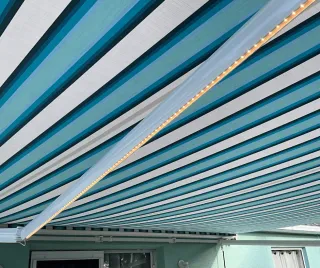
FLO... CREATING LUXURY OUTDOOR
Work requiring DBPR licensure in partnership with CGC1532839
MOTORIZED SCREENS
Warranty
FENCE
Horizontal Fencing
Greenwood Fence
PERGOLAS
Azenco-Outdoors
R-Blade Motorized Louver Roofs
R-Shade Insulated Roof
COMPANY INFO
About FL Outdoors
FL Outdoor News
Service Area
FAQ
IMPORTANT INFO
SERVICE AREA CENTRAL FLORIDA
Mount Dora
Longwood
Maitland
Seminole County
Windermere
Lake Nona
SERVICE AREA PALM BEACH
Boca
Boynton Beach
Delray Beach
Jupiter
SERVICE AREA BROWARD COUNTY
Fort Lauderdale
Deerfield Beach
Light House Point
Plantation
South West Ranches



Facebook
Instagram
X
LinkedIn
Youtube
TikTok
Pinterest